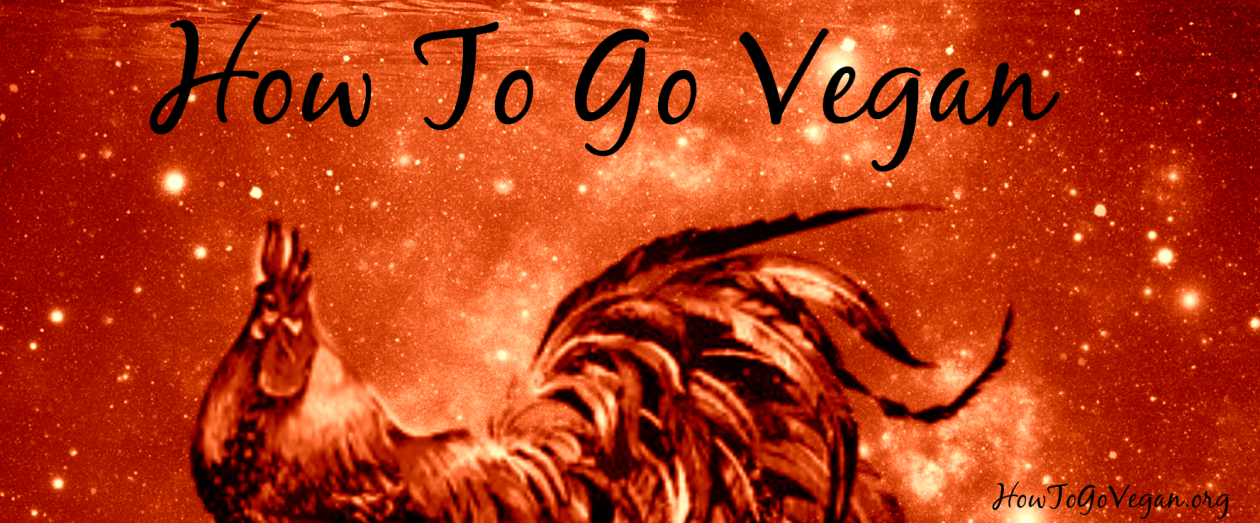Podcast: Play in new window | Download
Most people find genuine pleasure in the experience of harvesting fruit and vegetables, but few would find it enjoyable to watch an animal being killed. If you don’t share this perspective, try watching any one of the myriad of videos exposing the reality of animal slaughter.
From a purely scientific perspective, animals (including humans) process information with neural networks. But plants process information hormonally, which is orders of magnitude slower than neural network processing. Given the extraordinarily slow information processing rate that occurs in plants (hundreds of billions of times slower than in animals), it is unreasonable to believe that plants are capable of actually experiencing pain, which is an evolutionary adaptation intended to provide animals with cues to escape danger, something plants are incapable of doing.
That said, we should be concerned with the essential role plants play with regard to the ecosystem and environment. Vegan choices actually do more to protect plant life than eating an animal based diet, which wastes vast quantities of plant food and other natural resources such as fresh water.
It is impossible to live on this earth without doing some damage, but becoming vegan is the first step towards significantly reducing that damage. Animals are net consumers, not producers. This means that every animal raised for his/her flesh, eggs, milk, hair, skin or by-products consumes more food and resources than he or she produces. For example, it can take up to 16 pounds of grain (plant material) along with 2500 gallons of water to produce 1 pound of “beef”.
As we can see, while vegans may directly eat more plants than the average non-vegan, the damage to plant life caused by the production of animal products is far, far greater than that caused by eating vegan.
And something to remember is, a person who eats a plant-based diet, diet free of flesh, dairy and eggs, saves 1,100 gallons of water, 45 pounds of grain, 30 square feet of forested land, 20 pounds CO2 equivalent, and prevents the torture and killing of at least one sentient animal every day.
There is one thing for certain, nonhuman animals are sentient and just like we do, they love life and do not want to be exploited and do not want to die.
(Shared to the kind permission of Angel Flinn. Please note this has been lightly edited)
![]()
